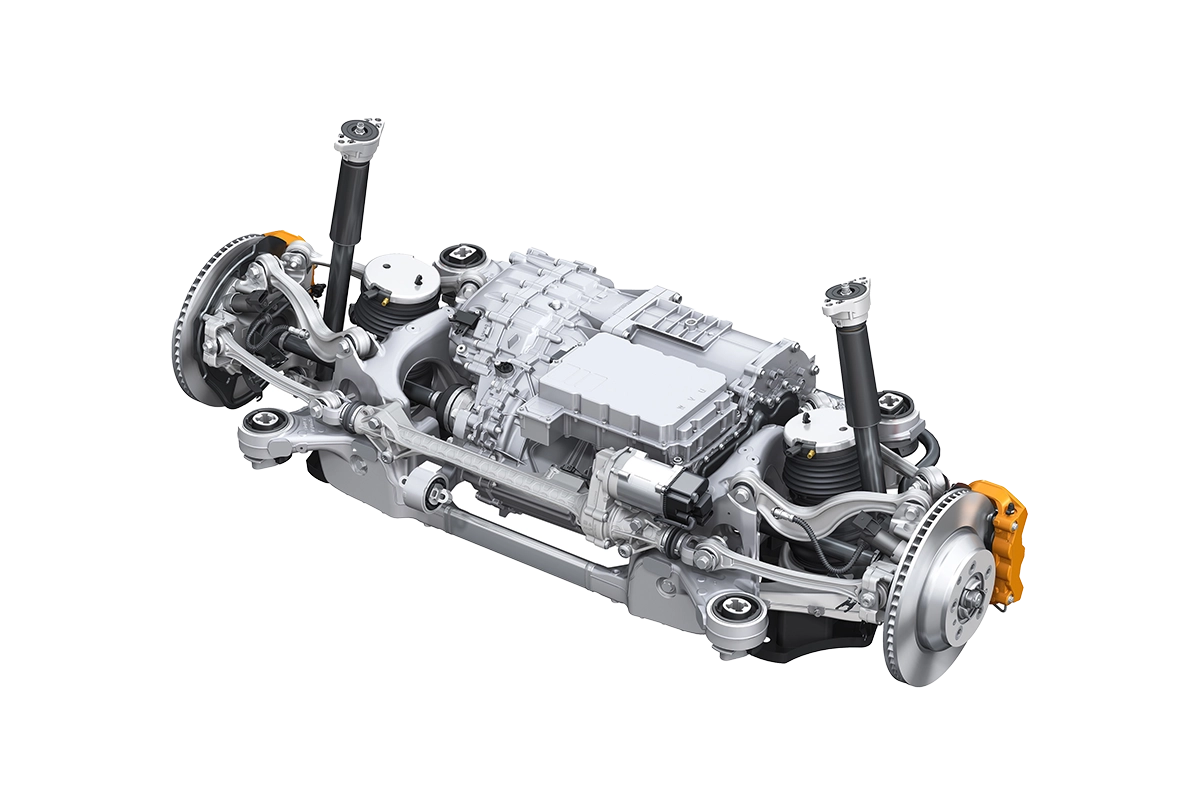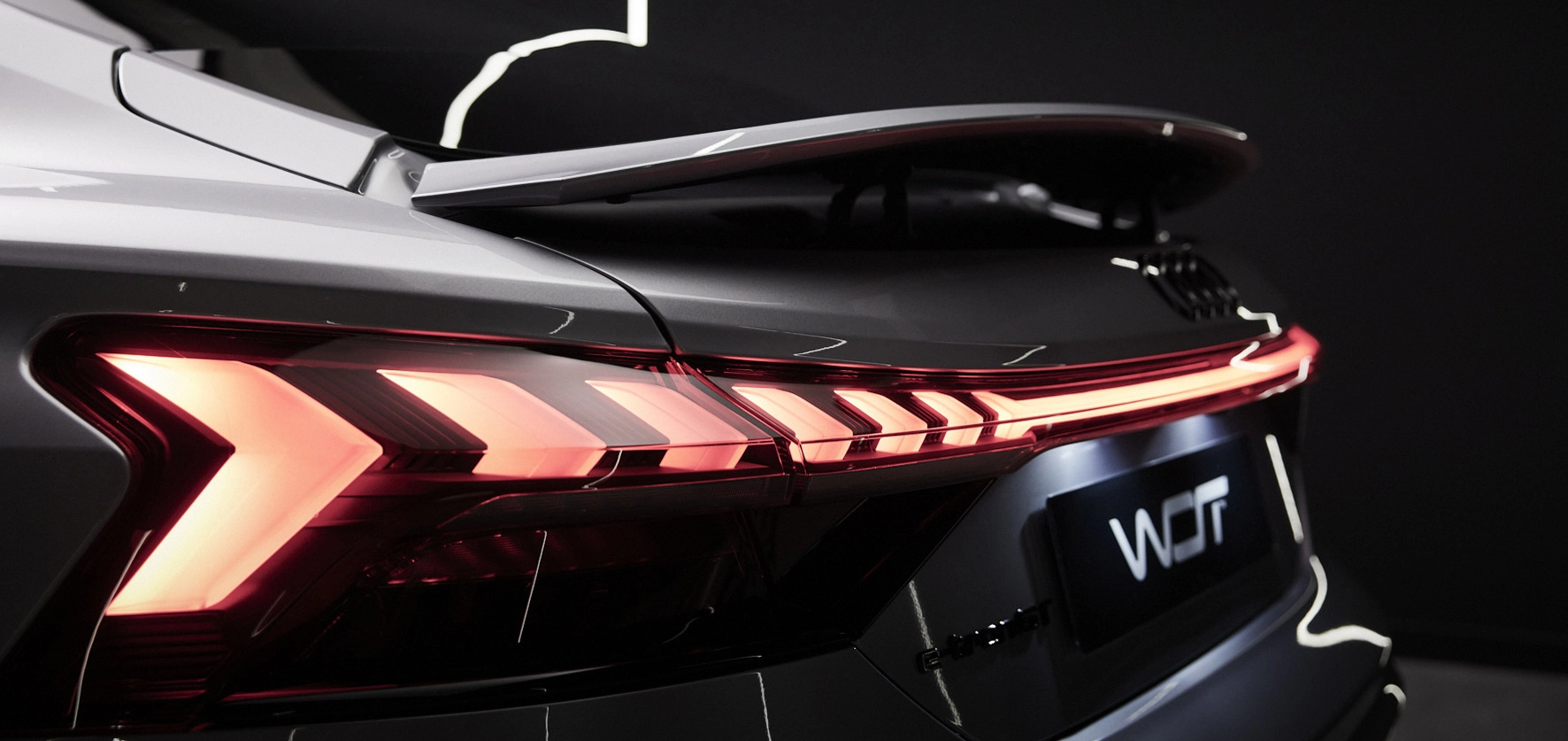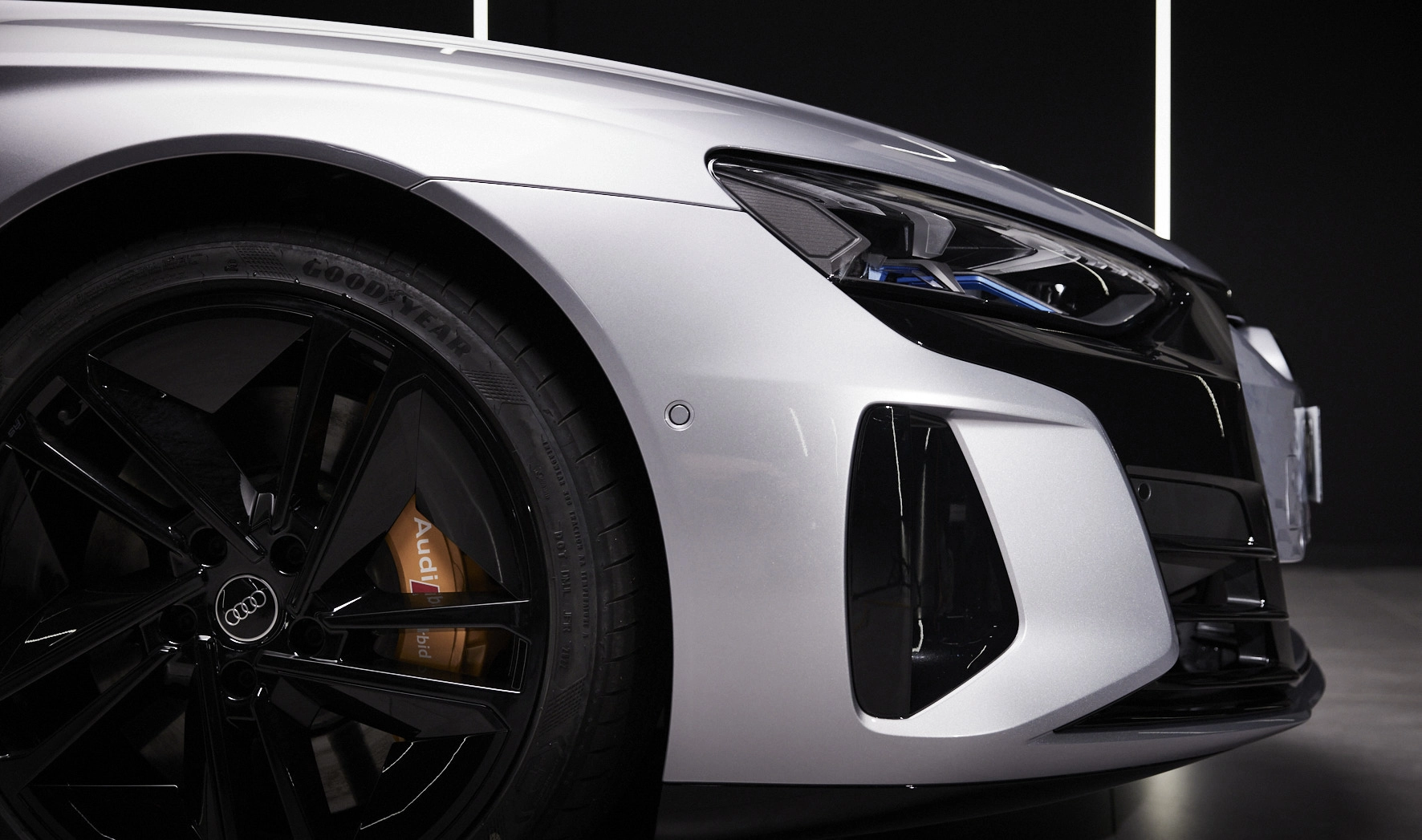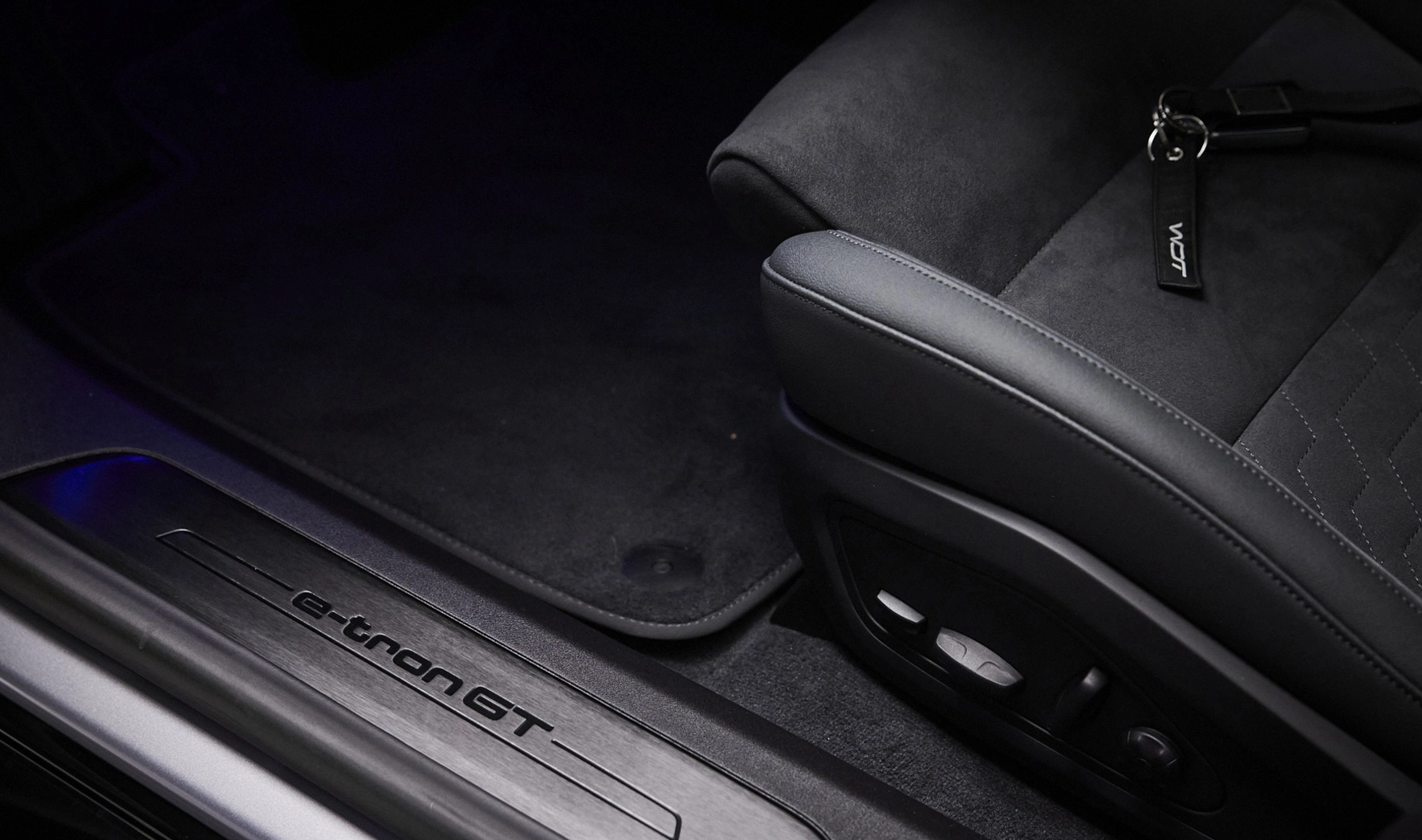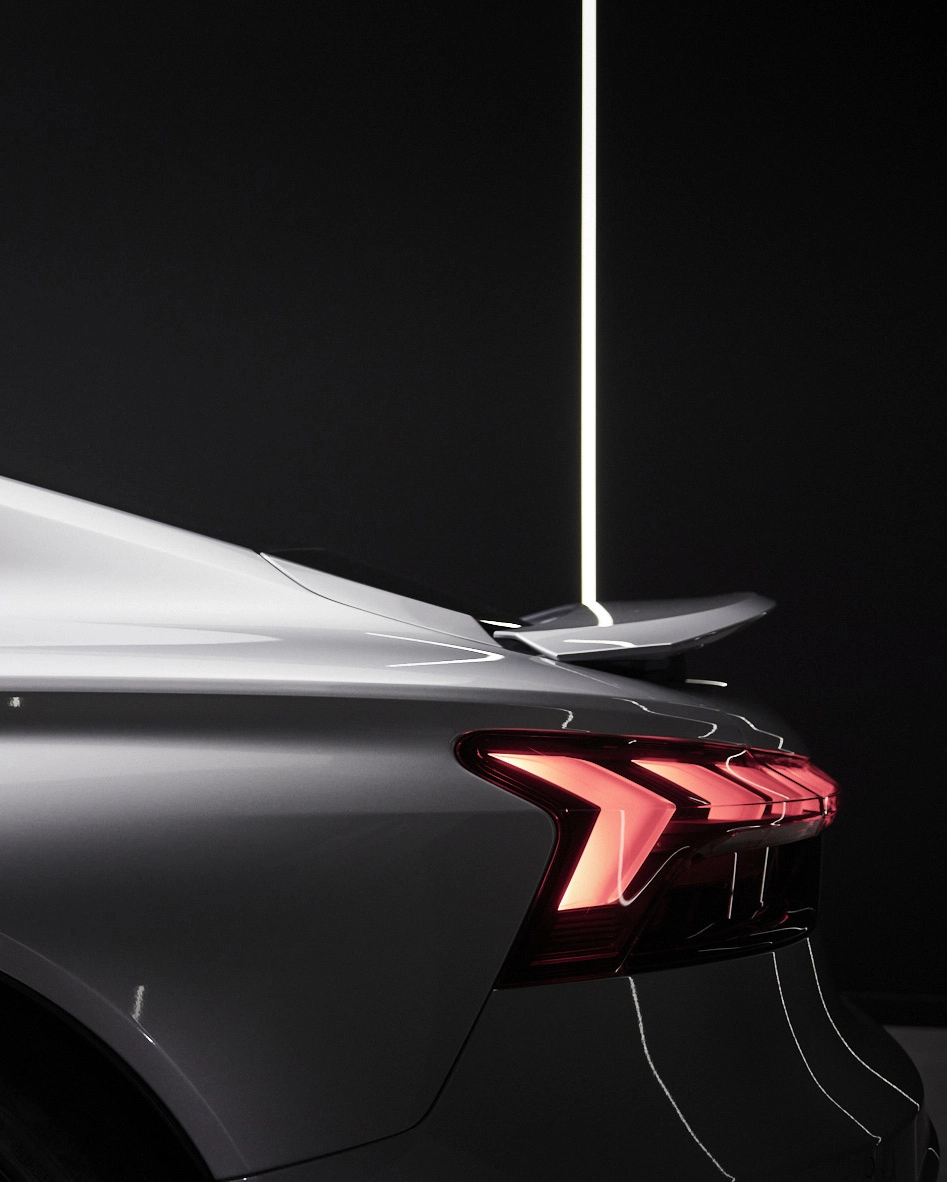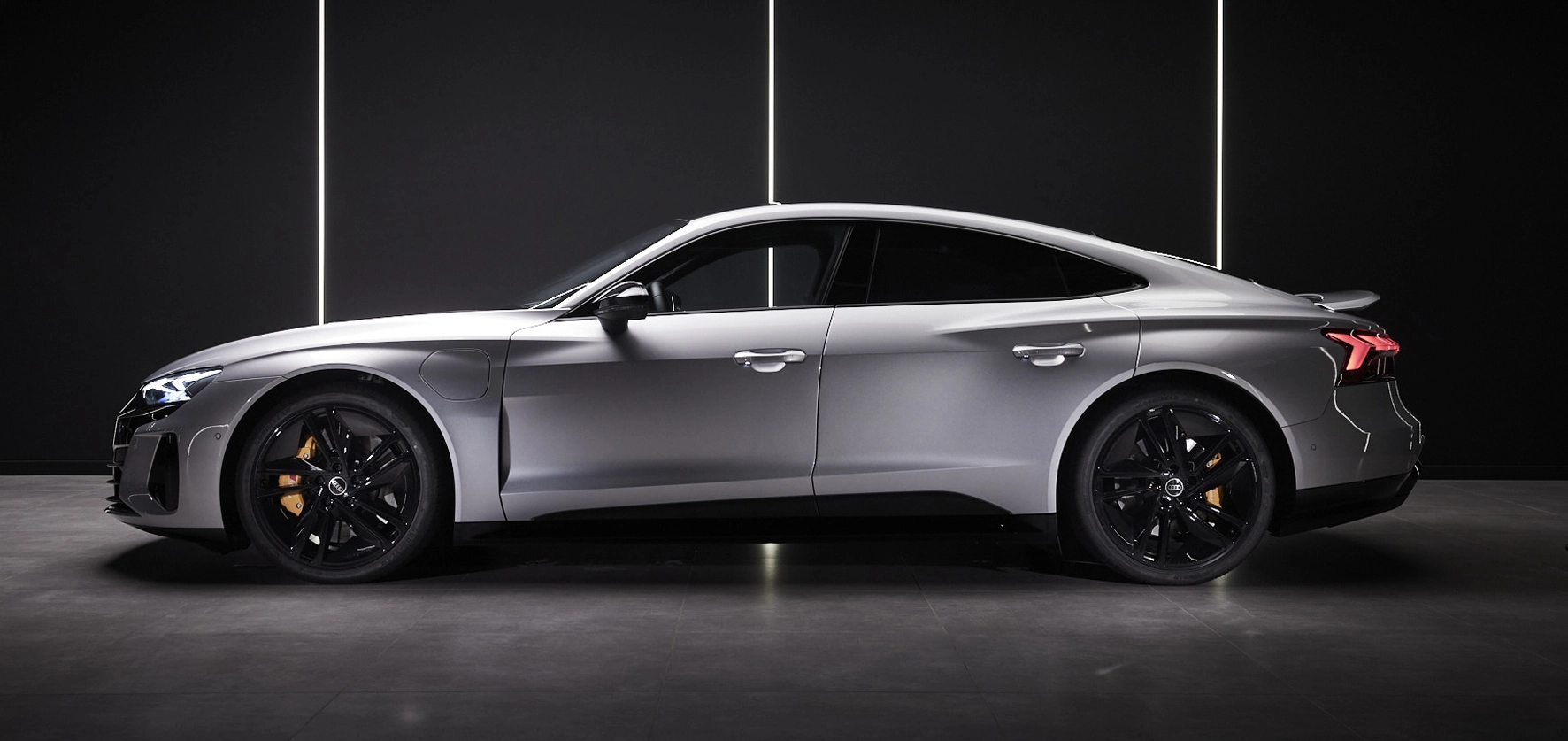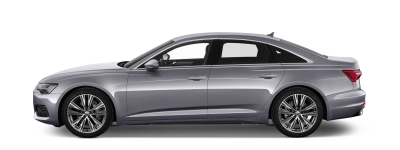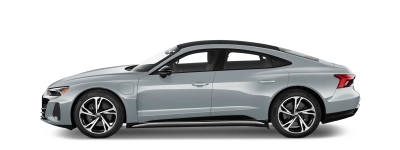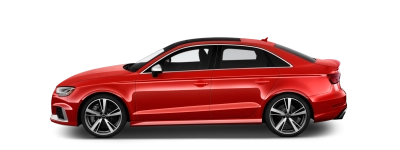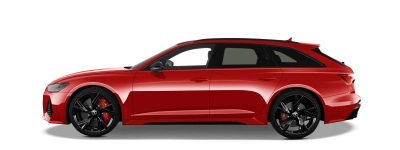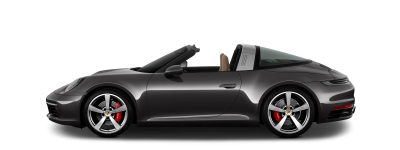Results: power and torque dyno curves
- Initial performances
-
- Torque
- Power
Our reprogramming is homologated in your country.
Our reprogramming is homologated in your country.
Our reprogramming is homologated in your country.
Our reprogramming solutions are currently pending homologation in your country.
All reprogramming solutions offered by WOT are homologable, which means they comply with the strict standards in force in the European Union, particularly in terms of emissions. They are verified by a renowned inspection body, namely TÜV Rheinland AG.
We are in the process of establishing partnerships with local entities to provide you with a comprehensive homologation process in your country.
In the meantime, WOT is more than willing to provide you with a homologable reprogramming for your vehicle through a test report, the "Prüfbericht".
All reprogramming solutions offered by WOT are homologable, which means they comply with the strict standards in force in the European Union, particularly in terms of emissions. They are verified by a renowned inspection body, namely TÜV Rheinland AG.
Thanks to our trusted partners, we are proud to offer you a complete homologation procedure for your vehicle.
All reprogramming solutions offered by WOT are homologable, which means they comply with the strict standards in force in the European Union, particularly in terms of emissions. They are verified by a renowned inspection body, namely TÜV Rheinland Luxembourg S.à r.l.
Thanks to an exclusive Luxembourgish procedure, WOT handles the complete administrative process for the vehicle after reprogramming, without the need to present the vehicle to SNCA.
All reprogramming solutions offered by WOT are homologable, which means they comply with the strict standards in force in the European Union, particularly in terms of emissions. They are verified by a renowned inspection body, namely TÜV Rheinland AG.
We have been in discussions with the authorities of several European countries to legally offer our reprogramming in all 27 EU member states. While this process is time-consuming, it is bearing fruit, as evidenced by our established partnerships in various countries.
In the meantime, WOT is more than willing to provide you with a homologable reprogramming for your vehicle.
Your configuration
-
Engine reprogramming WOT1.
- Price 5119.66€excl. VAT
- VAT 17% 870.34€
- Total 5990€

